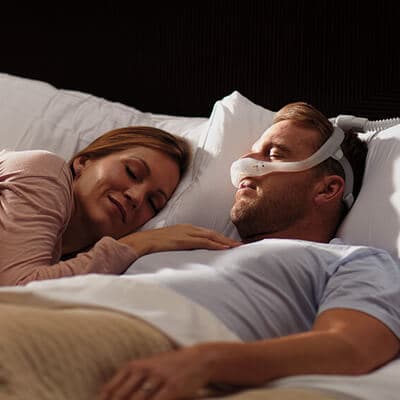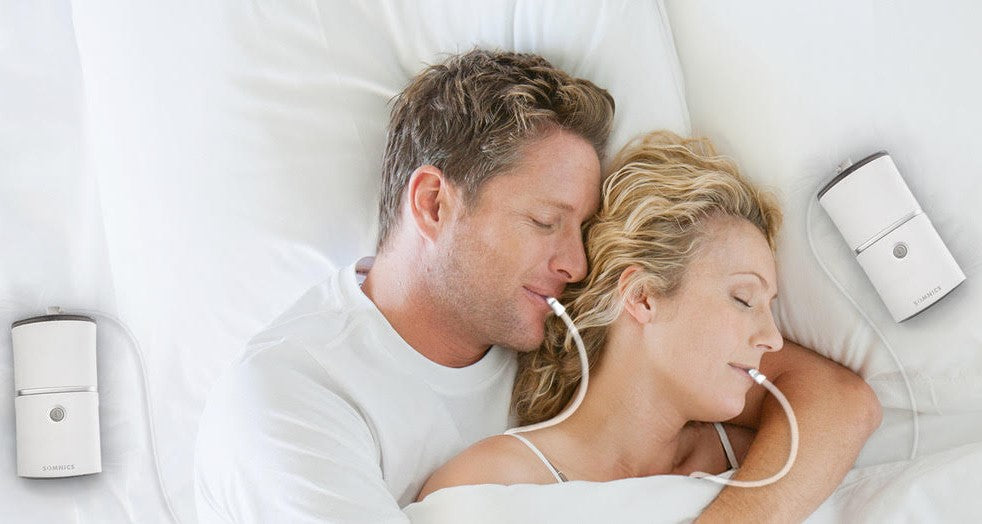Efficient Treatment Solutions for Managing Sleep Disorders and Enhancing Relaxing Rest
In the realm of health care, the monitoring of rest disorders and the pursuit for relaxed rest are critical parts of general health. Effective treatment remedies offer a multifaceted strategy to tackle these obstacles, ranging from cognitive behavioral treatments to all natural methods that promote relaxation and mindfulness. The exploration of different strategies, including the integration of medication and light therapy, opens up a realm of possibilities in the search of far better rest quality. As we navigate the detailed landscape of rest problems and seek to improve our sleep experience, a much deeper understanding of these therapy options might hold the secret to opening an extra relaxing and satisfying corrective trip.
Cognitive Behavior Modification for Sleeping Disorders (CBT-I)
Cognitive Behavior Modification for Insomnia (CBT-I) is a structured, evidence-based therapy strategy that focuses on attending to the underlying variables adding to sleep disruptions. This kind of therapy aims to modify actions and ideas that exacerbate sleep problems, inevitably promoting healthy and balanced rest patterns. CBT-I typically entails several key components, including cognitive therapy, rest limitation, stimulus control, and sleep hygiene education.
Cognitive therapy helps people recognize and transform negative idea patterns and beliefs concerning sleep that might be hindering their capability to drop or stay asleep. Sleep restriction entails limiting the quantity of time spent in bed to match the individual's actual sleep duration, consequently increasing rest effectiveness (sleep therapy). Stimulation control strategies aid establish a solid association in between the bed and rest by motivating people to go to bed just when sleepy and to prevent taking part in promoting tasks in bed
Additionally, rest health education and learning concentrates on establishing healthy and balanced rest practices, such as keeping a regular sleep schedule, creating a relaxing going to bed routine, and maximizing the rest environment. By resolving these variables adequately, CBT-I provides a reliable non-pharmacological treatment for managing insomnia and enhancing general rest high quality.
Rest Health Practices
Having actually developed the structure of cognitive restructuring and behavioral adjustments in resolving sleep problems through Cognitive Behavior modification for Sleep Problems (CBT-I), the focus now changes in the direction of discovering important Rest Health Practices for preserving optimal sleep top quality and overall health.
Sleep health techniques incorporate a series of behaviors and environmental variables that can considerably affect one's ability to drop off to sleep and stay asleep throughout the evening. Constant sleep and wake times, producing a relaxing going to bed routine, and enhancing the sleep atmosphere by maintaining it dark, silent, and cool are vital elements of great rest hygiene. Restricting exposure to displays before bedtime, preventing stimulants like high levels of caffeine close to bedtime, and taking part in regular exercise throughout the day can also promote far better sleep top quality.
Moreover, exercising leisure strategies such as deep breathing exercises or meditation prior to bed can aid calm the mind and prepare the body for rest. By incorporating these sleep hygiene methods into one's everyday regimen, individuals can establish a healthy and balanced sleep pattern that supports relaxing sleep and general health.
Relaxation Strategies and Mindfulness
Executing relaxation strategies and mindfulness methods can play a crucial role in fostering a sense of calmness and promoting high quality sleep. Clicking Here Additionally, directed images can assist deliver individuals to a peaceful area in their minds, aiding in stress and anxiety reduction and enhancing sleep top quality.
Mindfulness methods, such as meditation and yoga, are also effective in advertising leisure and enhancing rest. Mindfulness urges individuals to stay present in the minute, letting go of fret about the past or future. By incorporating these methods into a going to bed routine, people can indicate to their bodies that it is time to relax and prepare for sleep. Overall, incorporating relaxation methods and mindfulness practices can considerably contribute to taking care of sleep great post to read problems and improving general sleep high quality.

Medication Options for Rest Disorders
After exploring leisure techniques and mindfulness practices as non-pharmacological treatments for boosting rest quality, it is necessary to think about medication alternatives for people with sleep conditions. In cases where lifestyle changes and therapy do not offer adequate relief, medication can be a valuable device in handling rest disturbances.
Commonly suggested medicines for sleep problems consist of benzodiazepines, non-benzodiazepine hypnotics, antidepressants, and melatonin receptor agonists. Antidepressants, such as trazodone, can be valuable for people with co-occurring clinical depression and rest disturbances - insomnia specialist.
It is vital for people to talk to a doctor to identify the most proper medicine option based upon their details sleep disorder and clinical background.
Light Therapy for Circadian Rhythm Regulation
Light therapy, also called photo-therapy, is a non-invasive therapy method utilized to regulate body clocks and enhance sleep-wake cycles. This therapy includes direct exposure to intense light that resembles all-natural sunlight, which aids to reset the body's interior clock. By exposing people to specific wavelengths of light, generally in the early morning or evening relying on the wanted effect, light treatment can properly change the circadian rhythm to advertise wakefulness during the day and improve peaceful sleep webpage in the evening.
Study has revealed that light treatment can be specifically useful for people with body clock conditions, such as delayed rest phase disorder or jet lag. It can additionally be helpful for those experiencing seasonal affective disorder (SAD), a kind of clinical depression that normally happens during the winter season when all-natural light direct exposure is lowered. Light therapy is normally well-tolerated and can be made use of in conjunction with various other treatment techniques for sleep disorders to optimize outcomes and boost overall sleep quality.
Conclusion
In verdict, efficient treatment services for handling sleep problems and boosting restful sleep include Cognitive Behavioral Treatment for Insomnia (CBT-I), sleep hygiene practices, leisure methods and mindfulness, drug options, and light treatment for circadian rhythm policy. These approaches can help individuals boost their rest top quality and general well-being. It is very important to consult with a doctor to determine the most suitable approach for addressing rest issues.
As we navigate the elaborate landscape of sleep conditions and seek to enhance our sleep experience, a deeper understanding of these treatment services may hold the secret to unlocking a more relaxing and fulfilling restorative trip.
Sleep constraint involves limiting the quantity of time invested in bed to match the individual's actual rest period, consequently boosting sleep effectiveness. Regular rest and wake times, developing a relaxing bedtime regimen, and enhancing the sleep atmosphere by maintaining it dark, quiet, and cool are important parts of good rest hygiene. Light treatment is generally well-tolerated and can be used in conjunction with various other treatment methods for rest disorders to optimize end results and enhance total rest high quality.
